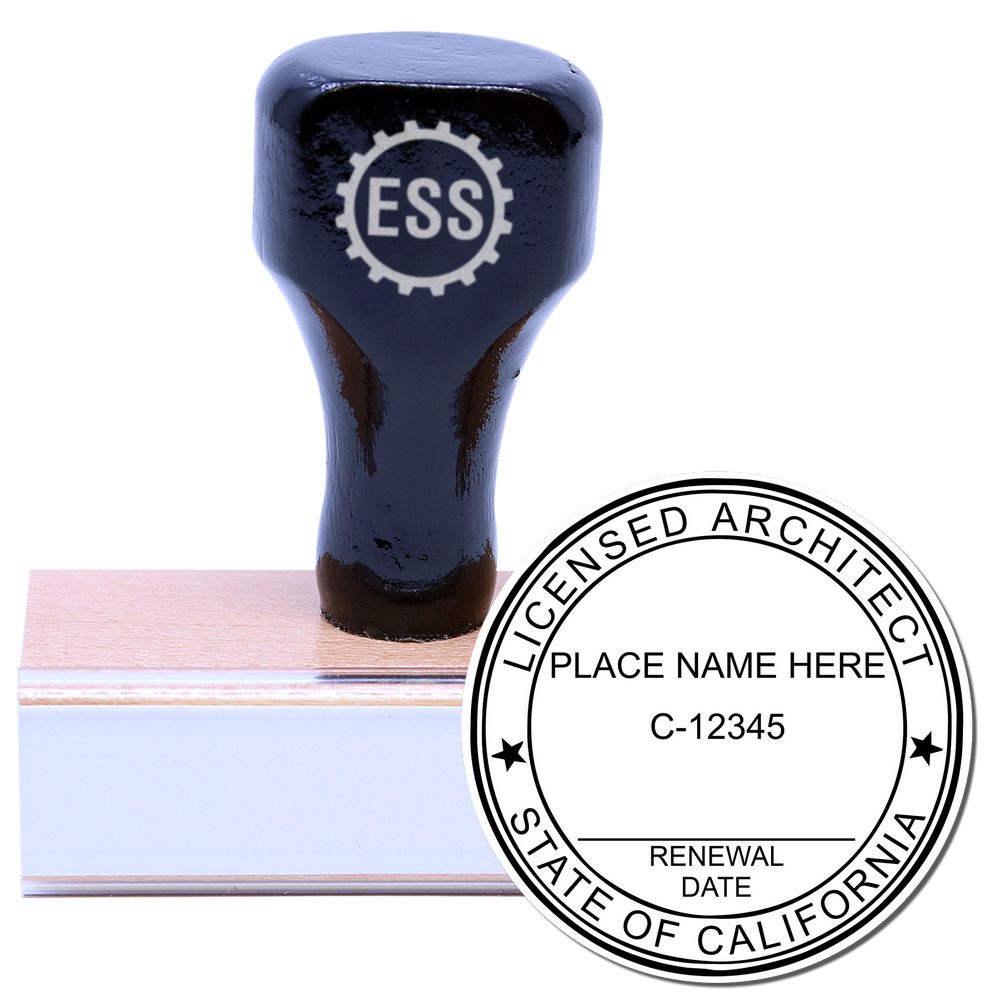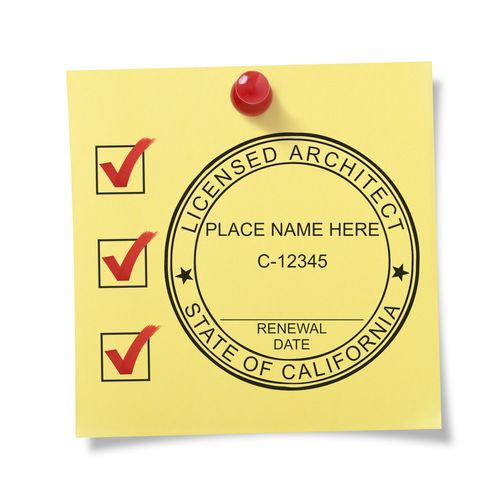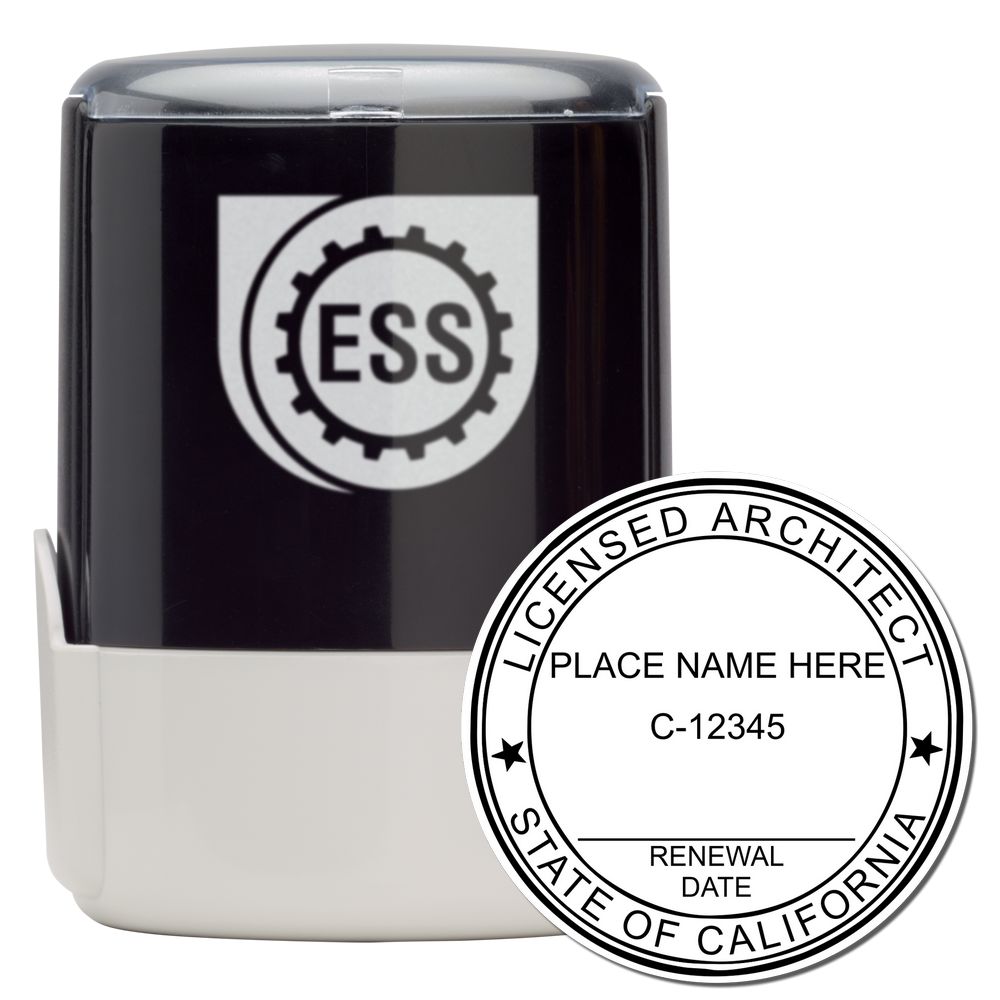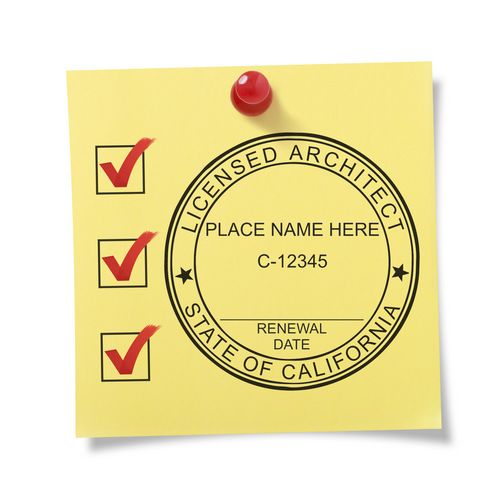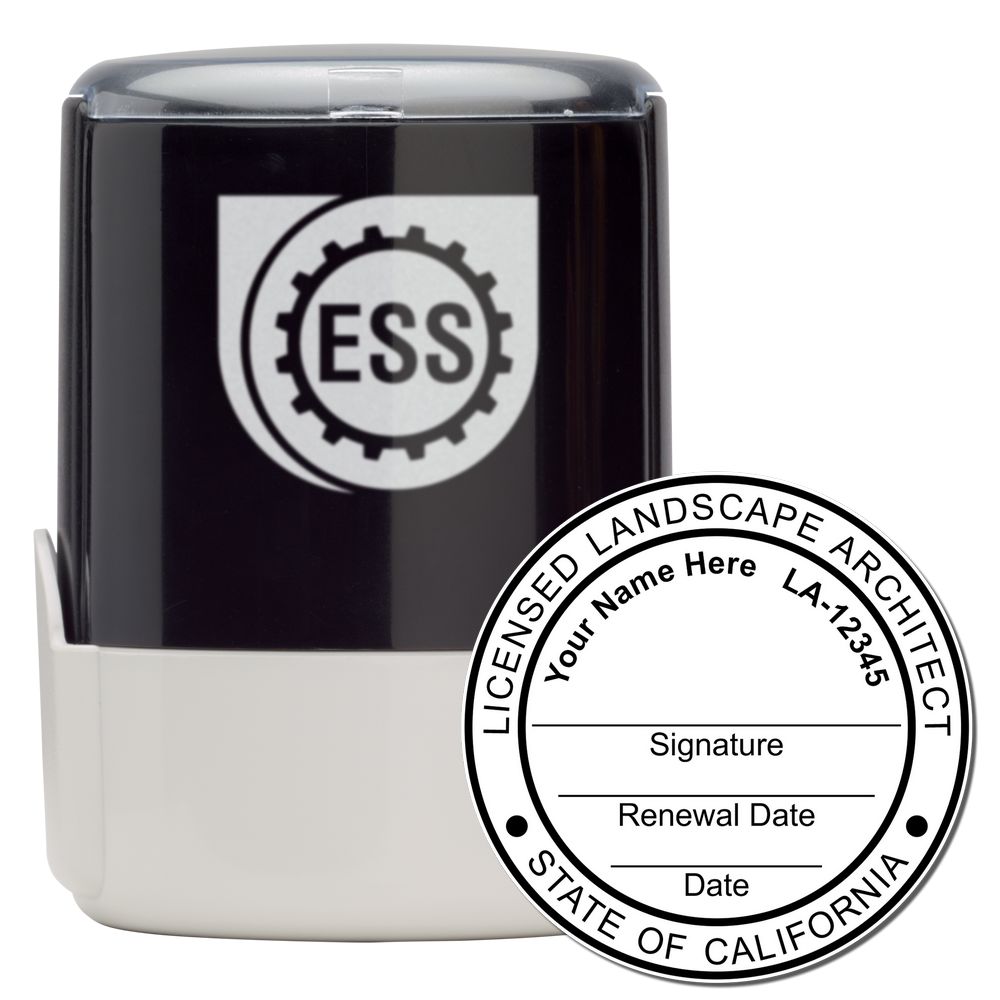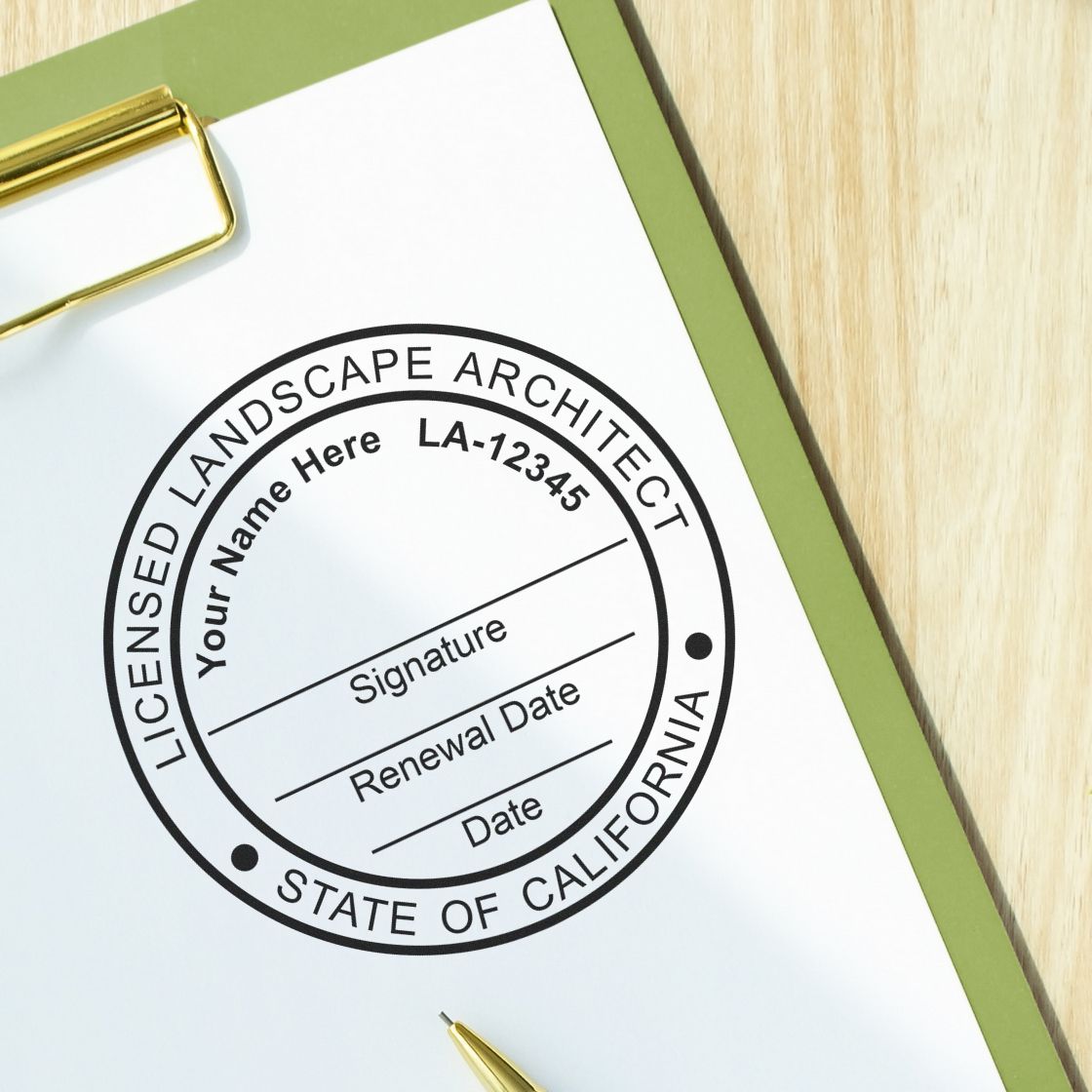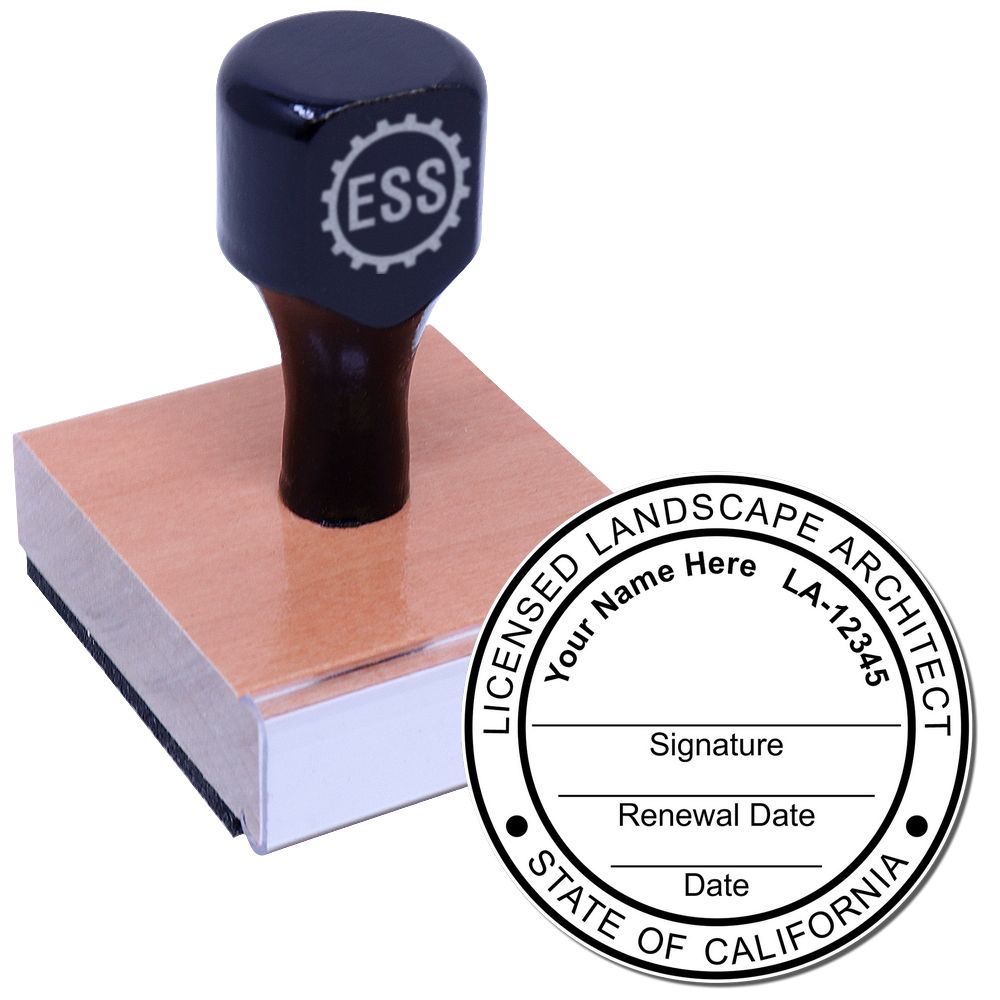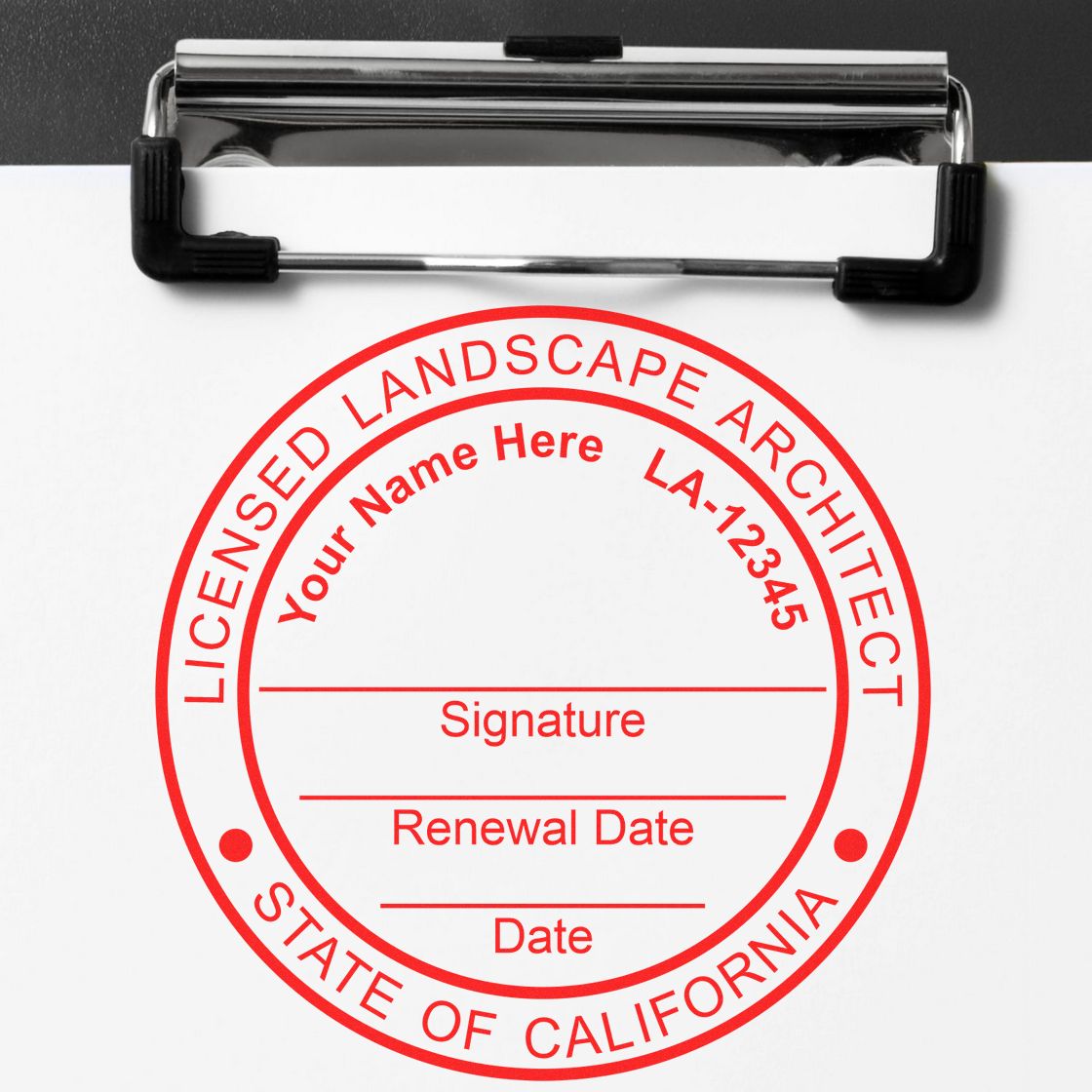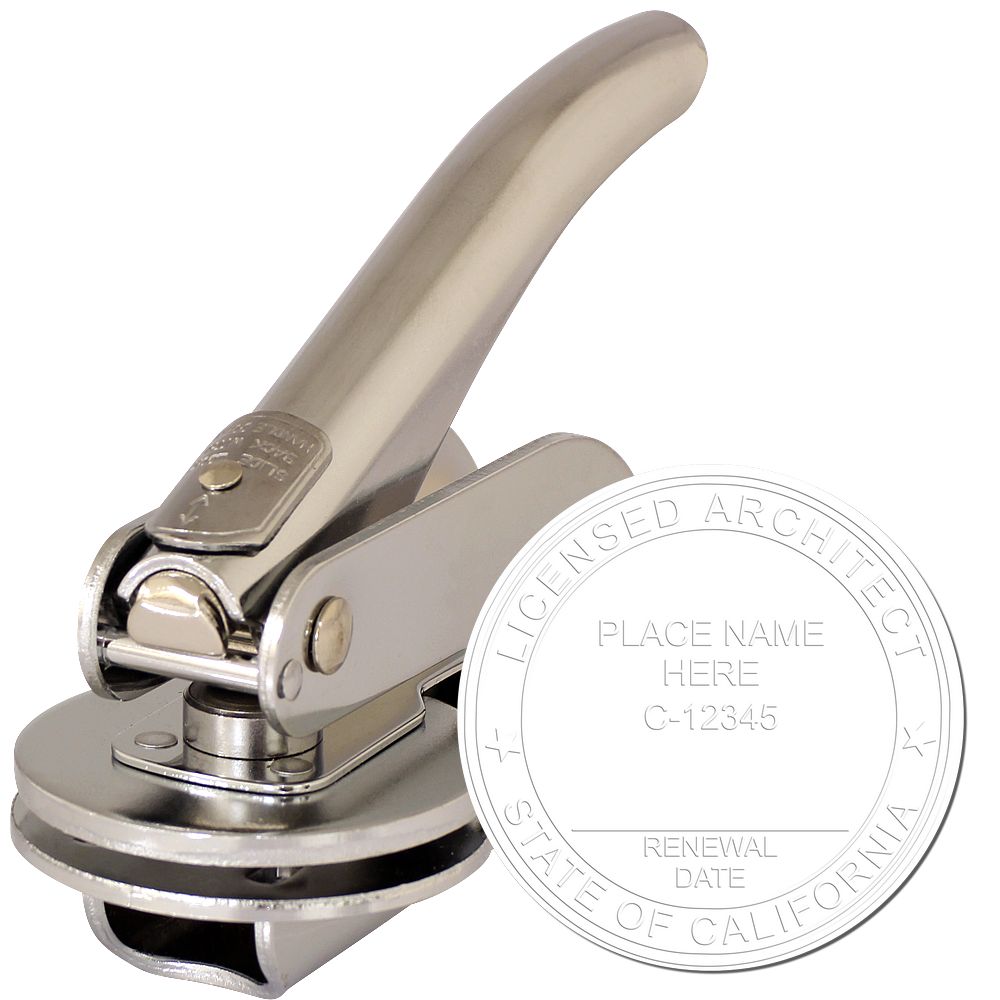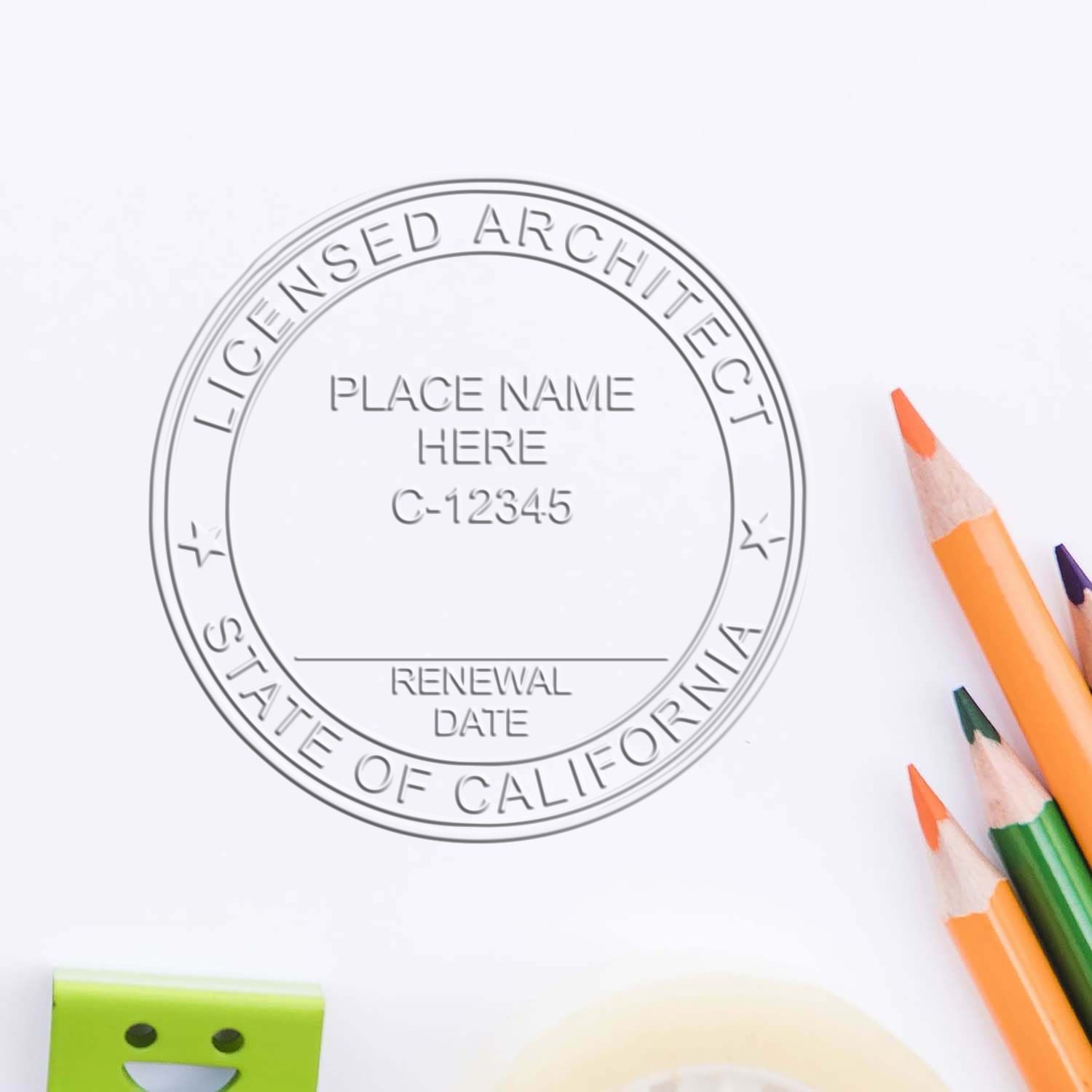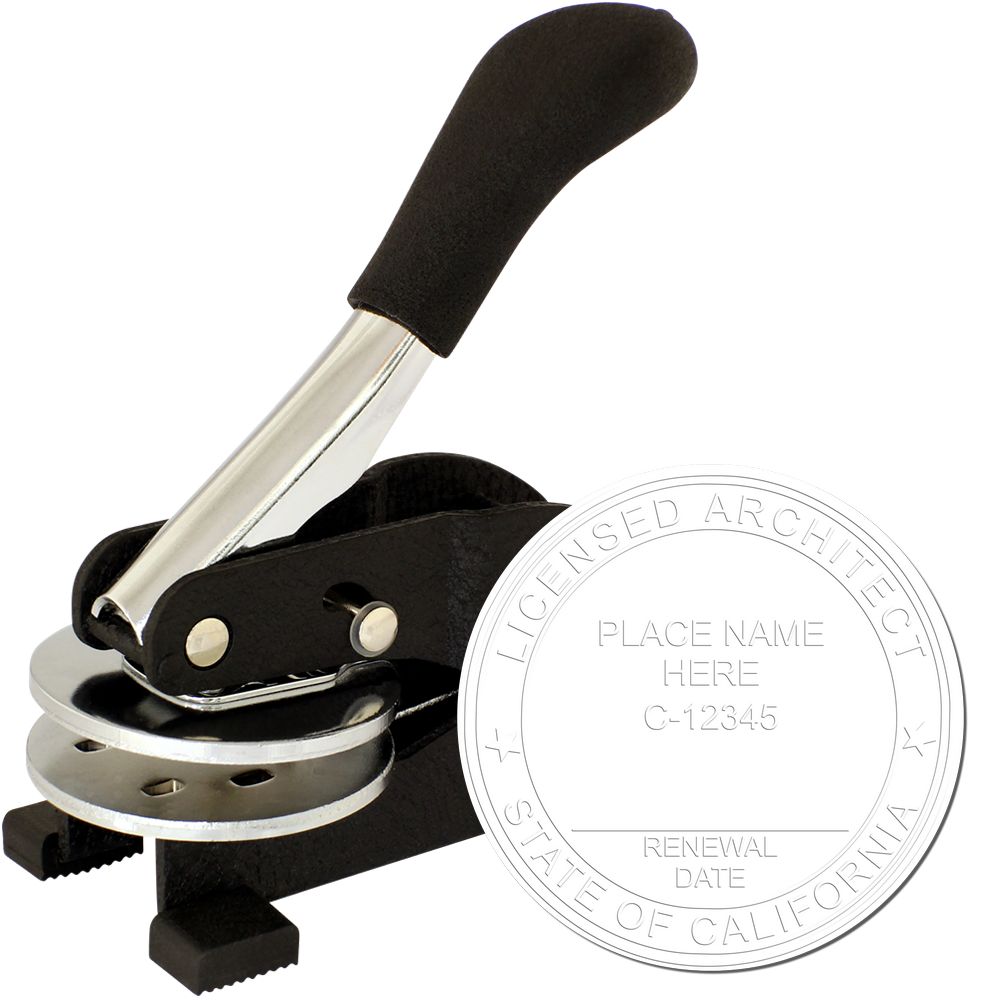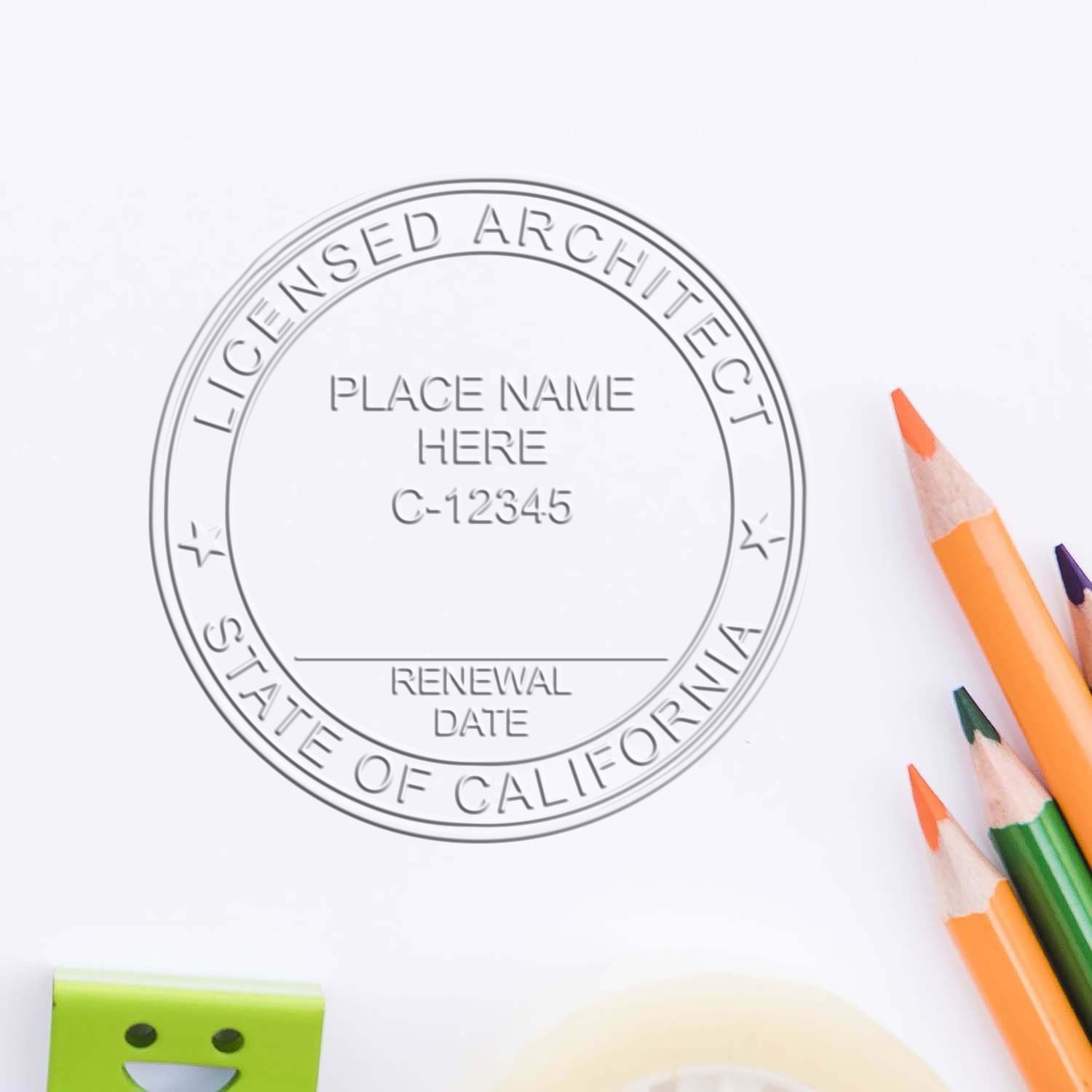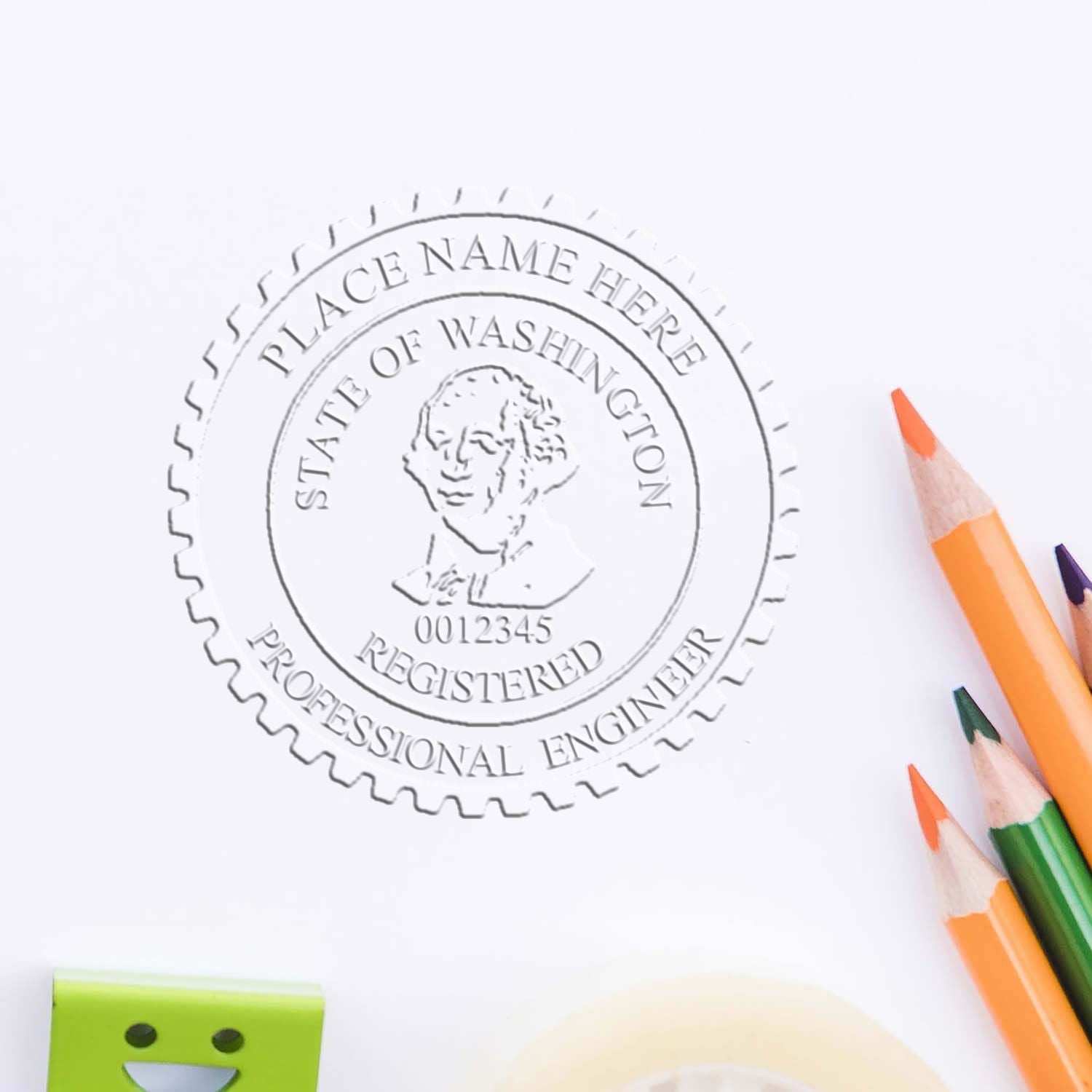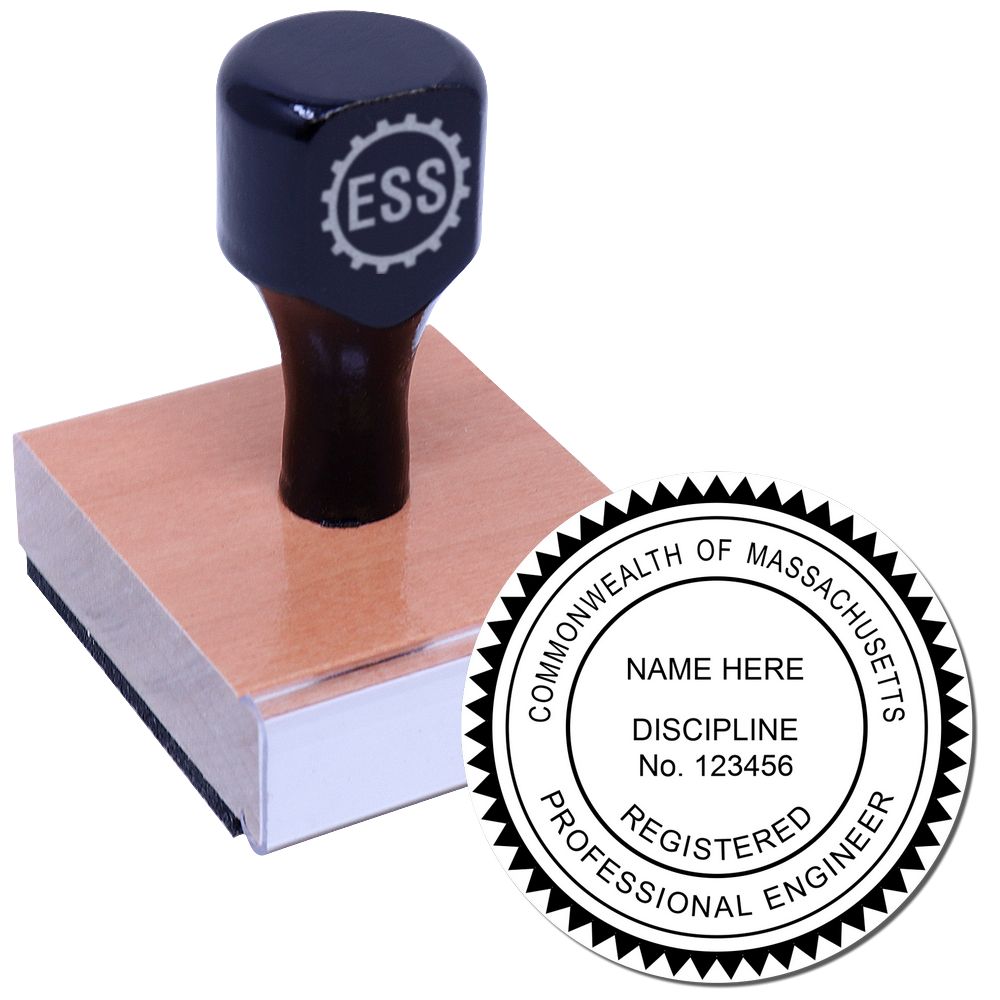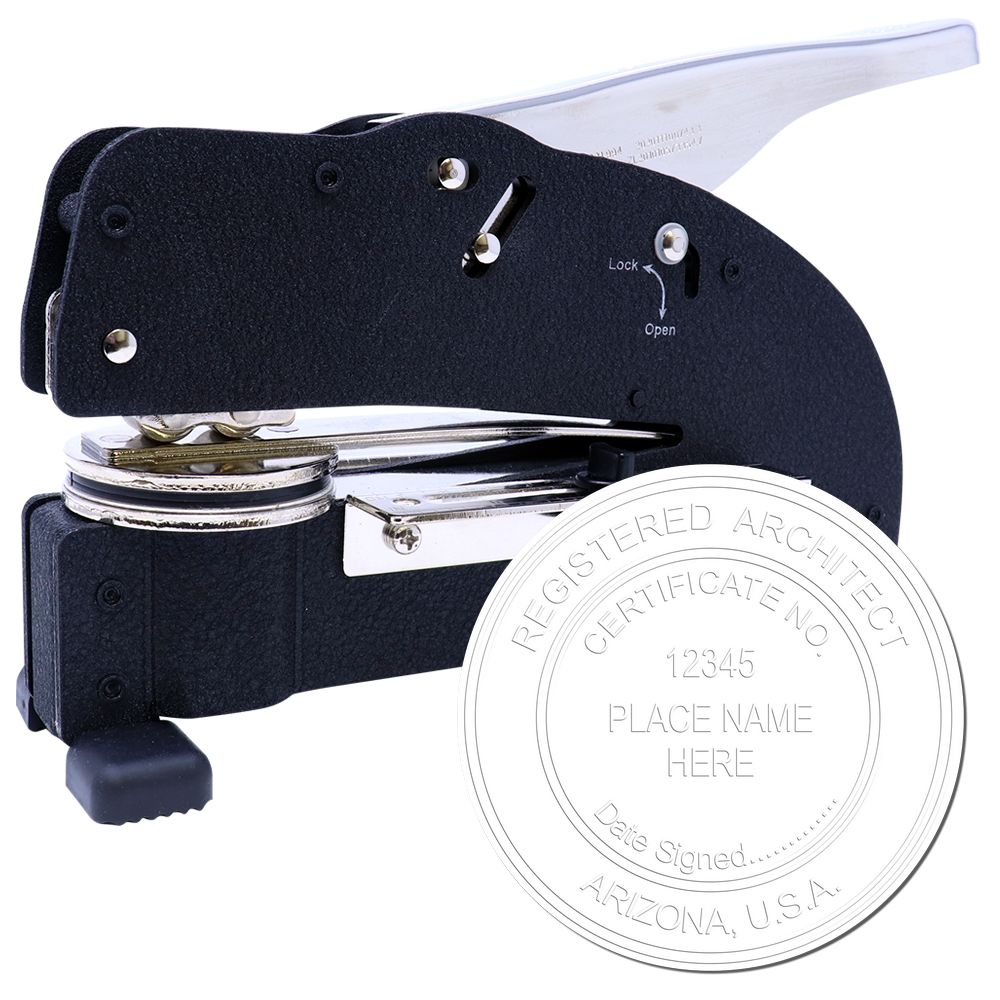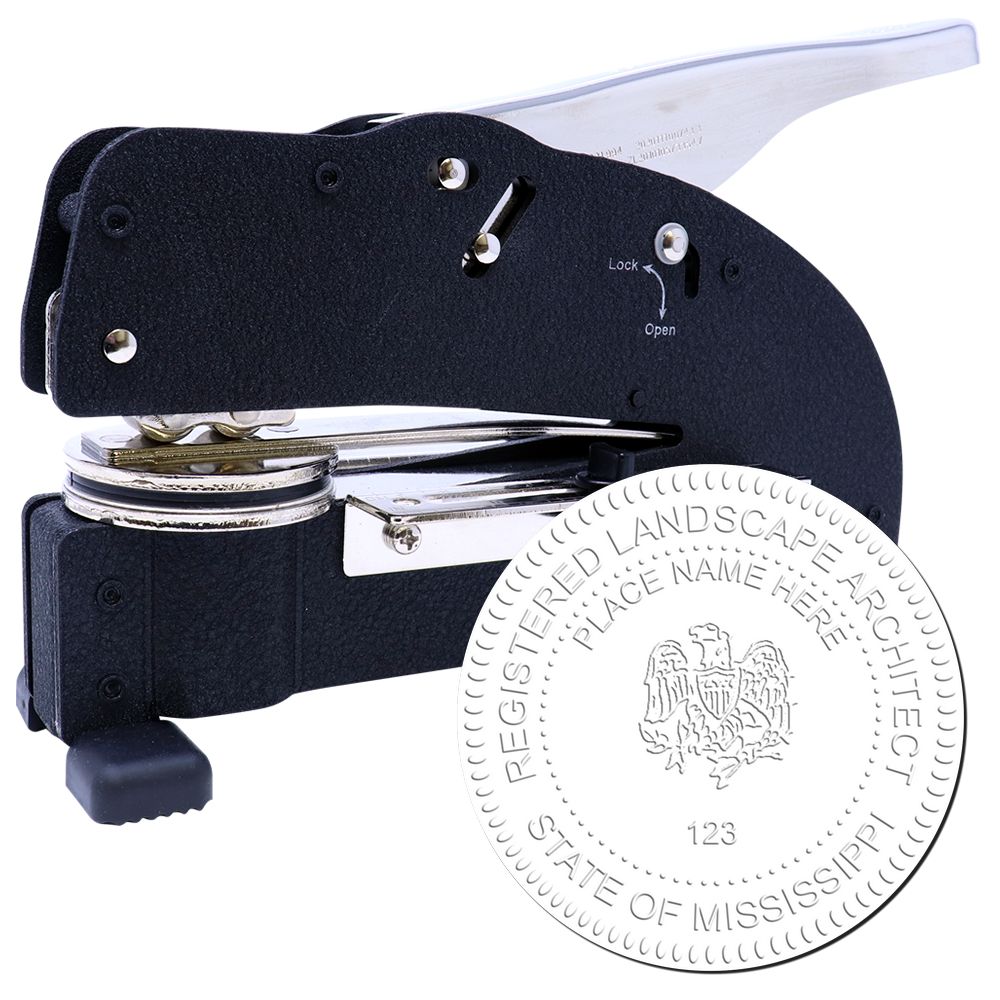Understanding California Architect Stamps and Seals
California architect stamps and seals play a crucial role in the architectural profession. They serve as official certifications of an architect's work and are required by law for certain architectural documents. Understanding the purpose, importance, and legal requirements surrounding California architect stamps and seals is essential for architects practicing in the state.
Purpose and Importance of California Architect Stamps and Seals
The primary purpose of California architect stamps and seals is to provide authentication and verification of architectural documents. When an architect places their stamp or seal on a document, it signifies that they take professional responsibility for the content and accuracy of the information presented. It also confirms that the architect is licensed to practice architecture in the state of California.
Architect stamps and seals are used on various documents, including architectural plans, drawings, specifications, and reports. These documents are often submitted to regulatory authorities, clients, contractors, and other stakeholders involved in the construction process. The stamp or seal serves as evidence that the architect's work complies with applicable codes, regulations, and professional standards.
Legal Requirements for California Architects
In California, the use of architect stamps and seals is governed by specific legal requirements outlined by the California Architects Board. Architects must comply with these requirements to ensure the validity and legality of their stamped or sealed documents.
The California Architects Board sets guidelines for the design, size, and content of architect stamps and seals. These guidelines help maintain consistency and prevent fraudulent use of architect stamps. It is important for architects to familiarize themselves with the specific design requirements outlined by the board. For more information on California architect stamp design, you can refer to our article on california architect stamp design.
Additionally, architects must adhere to the regulations and laws related to the use of architect stamps and seals in California. These regulations ensure that architects use their stamps responsibly and ethically. Failure to comply with the regulations may result in disciplinary actions by the California Architects Board. For a comprehensive understanding of the regulations and laws governing architect stamps in California, you can refer to our article on california architect stamp regulations and california architect stamp laws.
By understanding the purpose, importance, and legal requirements of California architect stamps and seals, architects can ensure compliance with the regulations and maintain the integrity of their professional work. It is vital to stay updated with the guidelines set by the California Architects Board to ensure that architect stamps and seals are used appropriately and effectively.
California Architect Stamp Dimensions
When it comes to California architect stamps, choosing the right size is essential to ensure compliance with state regulations and meet your specific needs. In this section, we will explore the common sizes available for California architect stamps and discuss the factors to consider when selecting the appropriate size.
Common Sizes for California Architect Stamps
California architect stamps are available in various sizes to accommodate different design requirements and preferences. The most commonly used sizes for California architect stamps are:
| Stamp Size | Dimensions (in inches) |
|---|---|
| Small | 1.5 x 3 |
| Medium | 1.625 x 4 |
| Large | 2 x 4.5 |
| Extra Large | 2.625 x 6 |
These sizes provide architects with flexibility in choosing a stamp that meets their specific needs. It's important to note that the dimensions mentioned above are approximate and may vary slightly depending on the manufacturer. Always refer to the specific regulations and guidelines outlined by the California Architects Board to ensure compliance with the state's requirements. For a detailed understanding of the California architect stamp requirements, refer to our article on California architect stamp requirements.

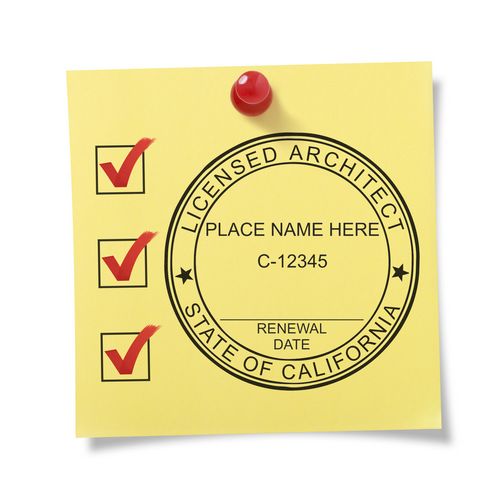

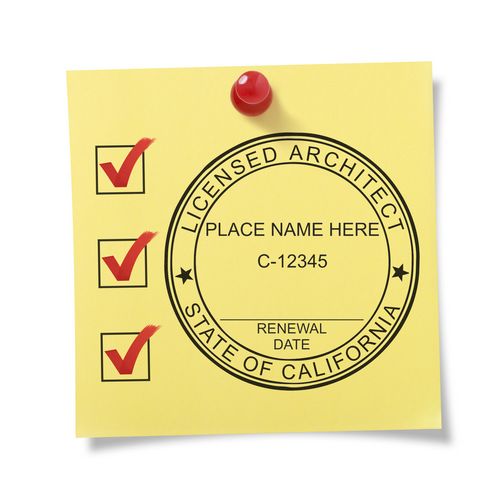
Factors to Consider When Choosing the Right Size
When selecting the size of your California architect stamp, it's important to consider several factors that can influence your decision. These factors include:
-
Design Requirements: Evaluate the amount of information you need to include on the stamp. If your stamp requires a complex design or lengthy text, a larger stamp size may be necessary to accommodate all the necessary details. For guidance on stamp design, refer to our article on California architect stamp design.
-
Legibility: Ensure that the stamp size allows for clear and legible impressions. If the stamp is too small, the text or graphics may appear blurred or indistinct, leading to potential issues with document acceptance. Therefore, it's important to choose a size that provides sufficient space for all elements to be easily read and understood.
-
Personal Preferences: Consider your personal preferences and working style. Some architects may prefer a smaller stamp size for easier portability and convenience, while others may opt for a larger stamp for a more prominent impression. Assess your individual requirements to find a size that aligns with your preferences.
For additional guidelines and regulations related to California architect seals, refer to our article on California architect seal guidelines.
By considering the common sizes available and evaluating the factors mentioned above, you can make an informed decision when selecting the appropriate size for your California architect stamp. It's important to comply with the regulations set forth by the California Architects Board to ensure that your stamp meets all the necessary requirements and serves its intended purpose effectively.
Small Size Stamps
When it comes to California Architect Stamps, there are various sizes to choose from. In this section, we will explore the advantages and limitations of small size stamps to help you make an informed decision.
Advantages of Small Size Stamps
Small size stamps have their own set of advantages that may appeal to architects. Here are a few benefits to consider:
-
Portability: Small size stamps are compact and lightweight, making them highly portable. Architects who often work on-site or need to carry their stamps with them will find the smaller size more convenient to transport.
-
Ease of Use: Smaller stamps are generally easier to handle, providing better control during the stamping process. They allow for precise placement of the stamp impression on documents, ensuring clarity and legibility.
-
Flexibility: Small stamps can be more versatile in terms of where they can be used on documents. They can fit into smaller spaces and margins, allowing for stamping in tight or limited areas without obstructing other important information.
-
Cost-Effective: Small size stamps are typically less expensive compared to larger ones. This can be beneficial, especially for architects who are conscious of their budget or have limited stamping requirements.
Limitations of Small Size Stamps
While small size stamps offer certain advantages, it's important to consider their limitations as well. Here are a few factors to keep in mind:
-
Visibility: Due to their smaller size, the impression made by a small stamp may be less visible compared to larger stamps. Architects should ensure that the stamp impression remains clear and legible, even at a reduced size.
-
Limited Space: The smaller surface area of a small stamp may restrict the amount of information that can be included on the stamp design. Architects should carefully consider the necessary elements to include on the stamp while adhering to California Architect Stamp Design guidelines.
-
Stamping Surface: Depending on the document or material being stamped, a smaller stamp may not be suitable for certain surfaces that require a larger impression size. Architects should consider the type of documents they frequently work with and choose a stamp size accordingly.
By understanding the advantages and limitations of small size stamps, architects can make an informed decision when selecting the right stamp for their needs. Remember to also consider other important factors, such as California Architect Stamp Regulations and California Architect Stamp Laws, to ensure compliance with the necessary requirements.

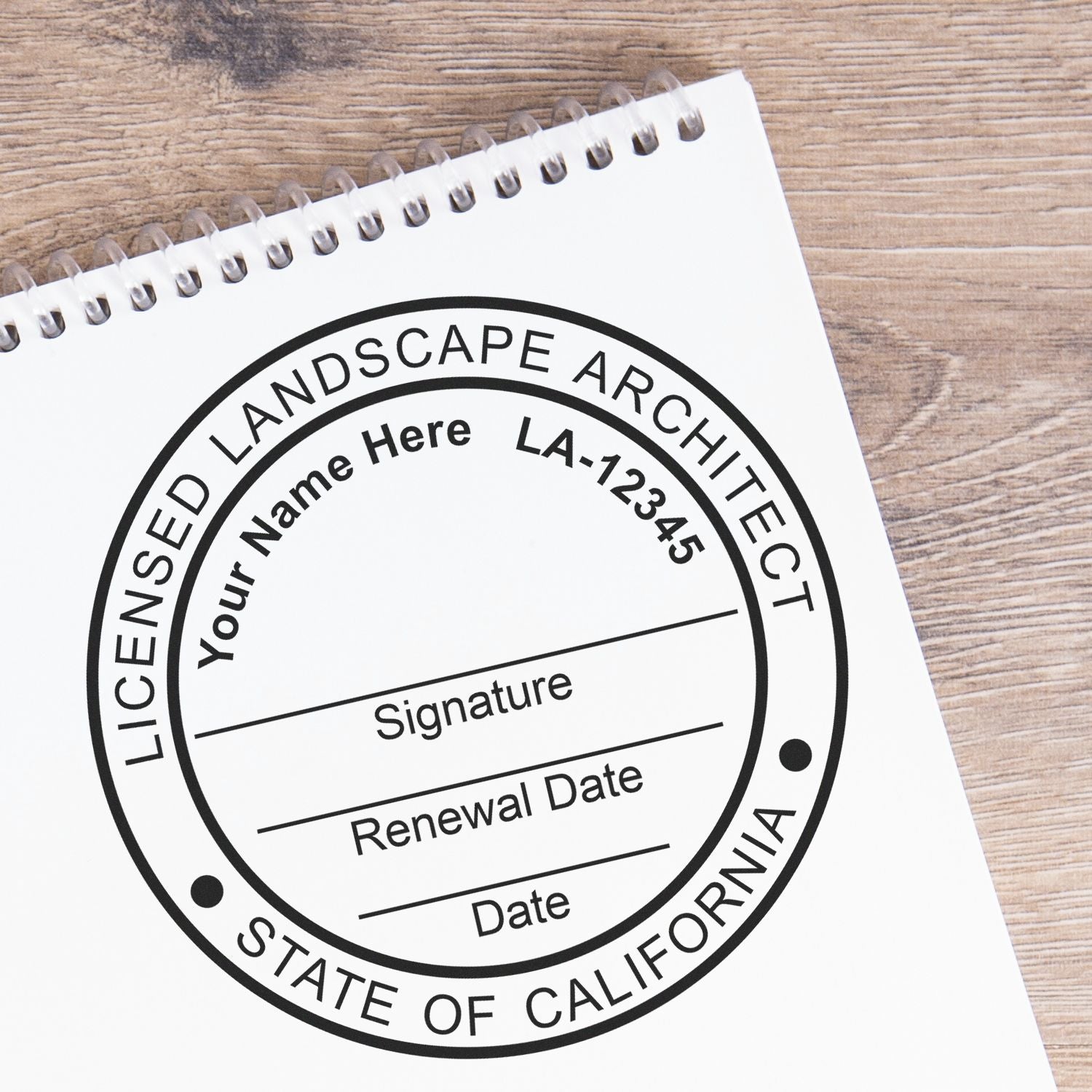
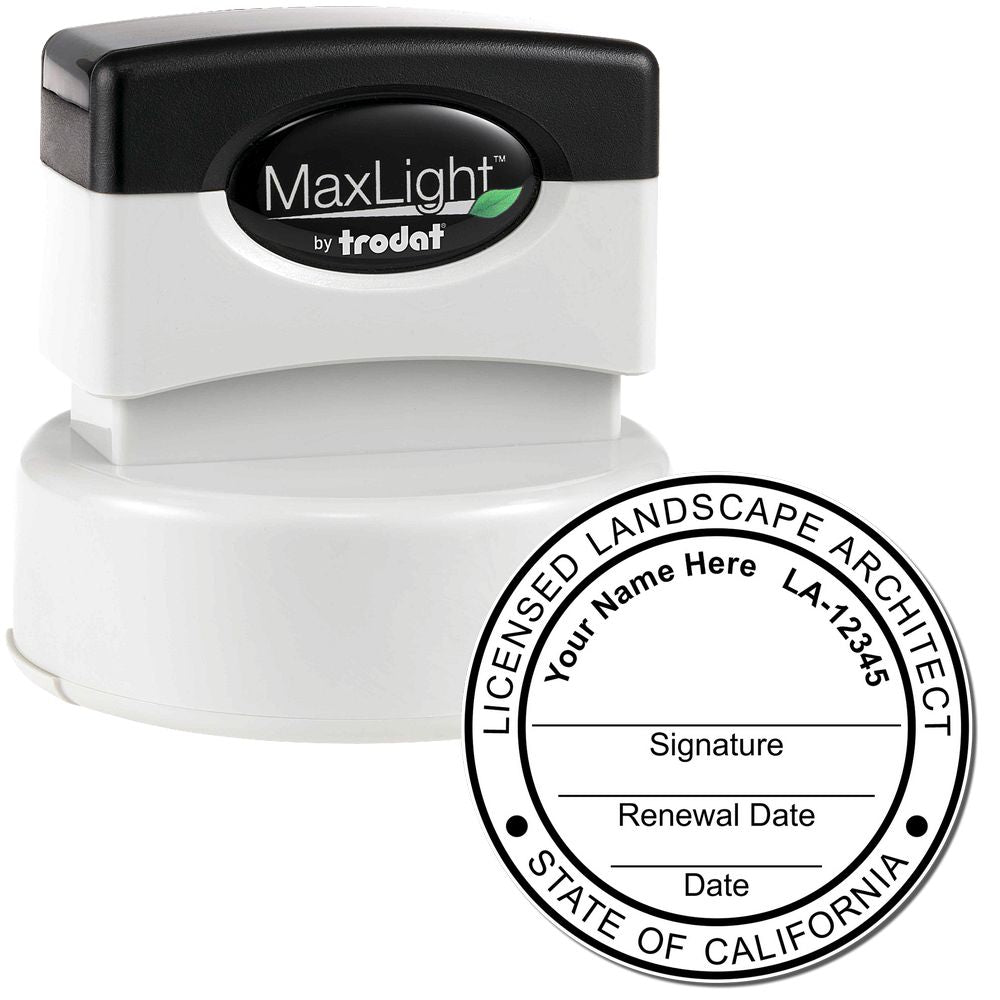

Large Size Stamps
When it comes to California architect stamps, opting for a large size stamp can have its advantages and limitations. Understanding these factors can help architects make an informed decision when selecting the right stamp for their needs.
Advantages of Large Size Stamps
Large size stamps offer several benefits that can enhance the efficiency and visibility of architectural seals. Here are some advantages to consider:
-
Increased Visibility: The larger dimensions of the stamp allow for a more prominent display of the architectural seal and information. This can be particularly beneficial when stamping larger documents or drawings, ensuring that the seal is clearly visible and legible.
-
Enhanced Detail: With more space available, larger stamps provide architects the opportunity to incorporate more intricate designs and details into their stamp. This can be especially useful for architects who want to include additional information, such as their license number or a company logo, on the stamp.
-
Easier Handling: The larger surface area of the stamp makes it easier to hold and maneuver. This can be advantageous for architects who frequently use their stamp throughout the day, as it provides a more comfortable grip and reduces the risk of smudging or misalignment.
-
Professional Appearance: Large size stamps can convey a sense of professionalism and authority. The size and visibility of the stamp can give clients and stakeholders confidence in the authenticity and validity of architectural documents.
Limitations of Large Size Stamps
While large size stamps offer various advantages, it's important to consider the limitations they may present:
-
Portability: Larger stamps can be bulkier and less portable compared to their smaller counterparts. Architects who frequently travel or work on-site may find it less convenient to carry a large stamp with them at all times.
-
Space Constraints: Some documents or drawings may have limited space available for stamping. In such cases, a large stamp may be impractical or result in overcrowding. It's essential to consider the size of the documents typically encountered in architectural practice and ensure the stamp will fit comfortably within the designated area.
-
Cost: Large size stamps may come at a higher cost compared to smaller ones. Architects should consider their budget and balance it with their specific stamping needs before investing in a larger stamp.
-
Regulations: It's crucial to be aware of any regulations or guidelines regarding the size of architect stamps in California. Familiarize yourself with the specific requirements outlined by the California Architects Board to ensure compliance. You can find more information on California architect stamp requirements and California architect seal guidelines.
Architects should carefully evaluate their individual requirements, considering factors such as document size, design preferences, and budget, before deciding on a large size stamp. By assessing these considerations, architects can select a stamp that meets their professional needs while adhering to the regulations and guidelines set forth by the state of California.
Selecting the Right Size
When it comes to choosing the right size for your California architect stamp or seal, there are several factors to consider. It's important to take into account the design requirements of the stamp, as well as your personal preferences and needs.
Considering the Design Requirements
The design requirements for California architect stamps and seals are outlined by the relevant authorities. It's essential to familiarize yourself with the California architect stamp requirements and California architect seal guidelines to ensure compliance with the regulations.
One of the key design considerations is the minimum required dimensions for the stamp or seal. These dimensions are typically specified to ensure that the stamp or seal is legible and clearly visible on the documents. The specific size requirements may vary, so it's important to refer to the guidelines provided by the relevant authority.
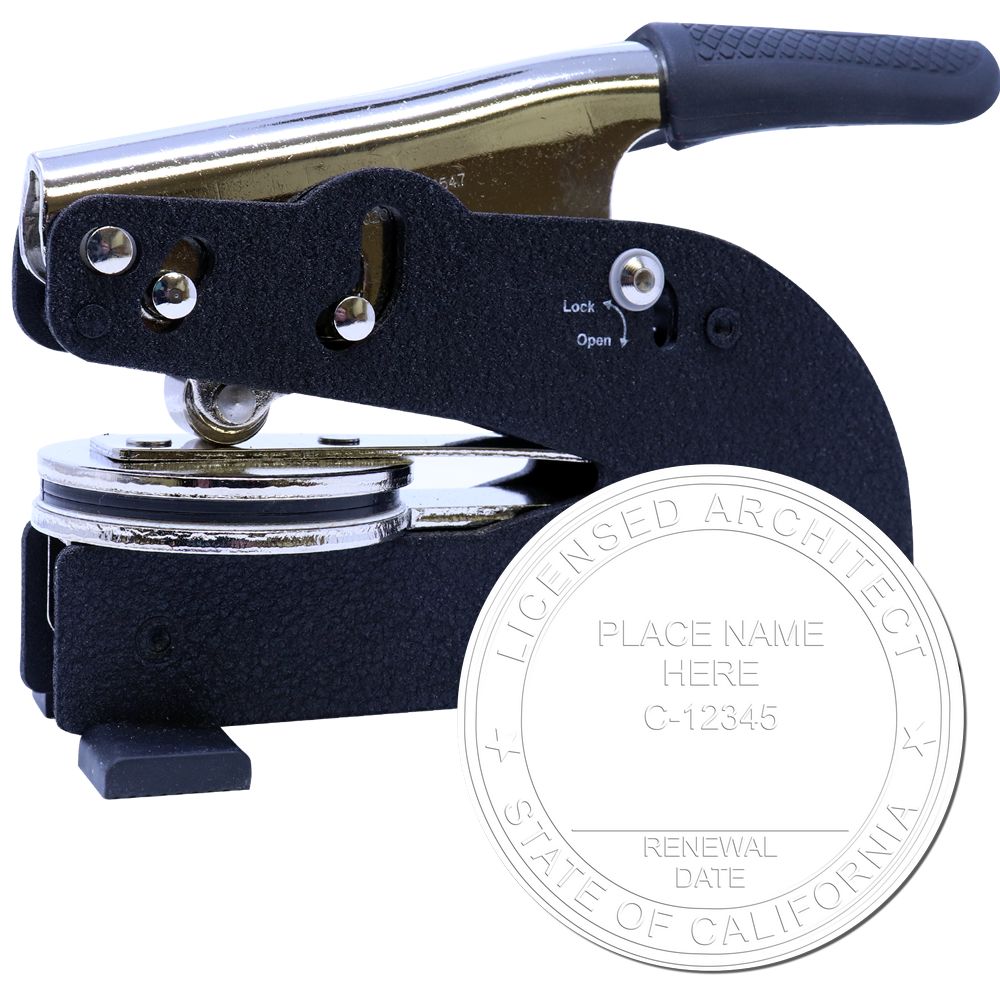
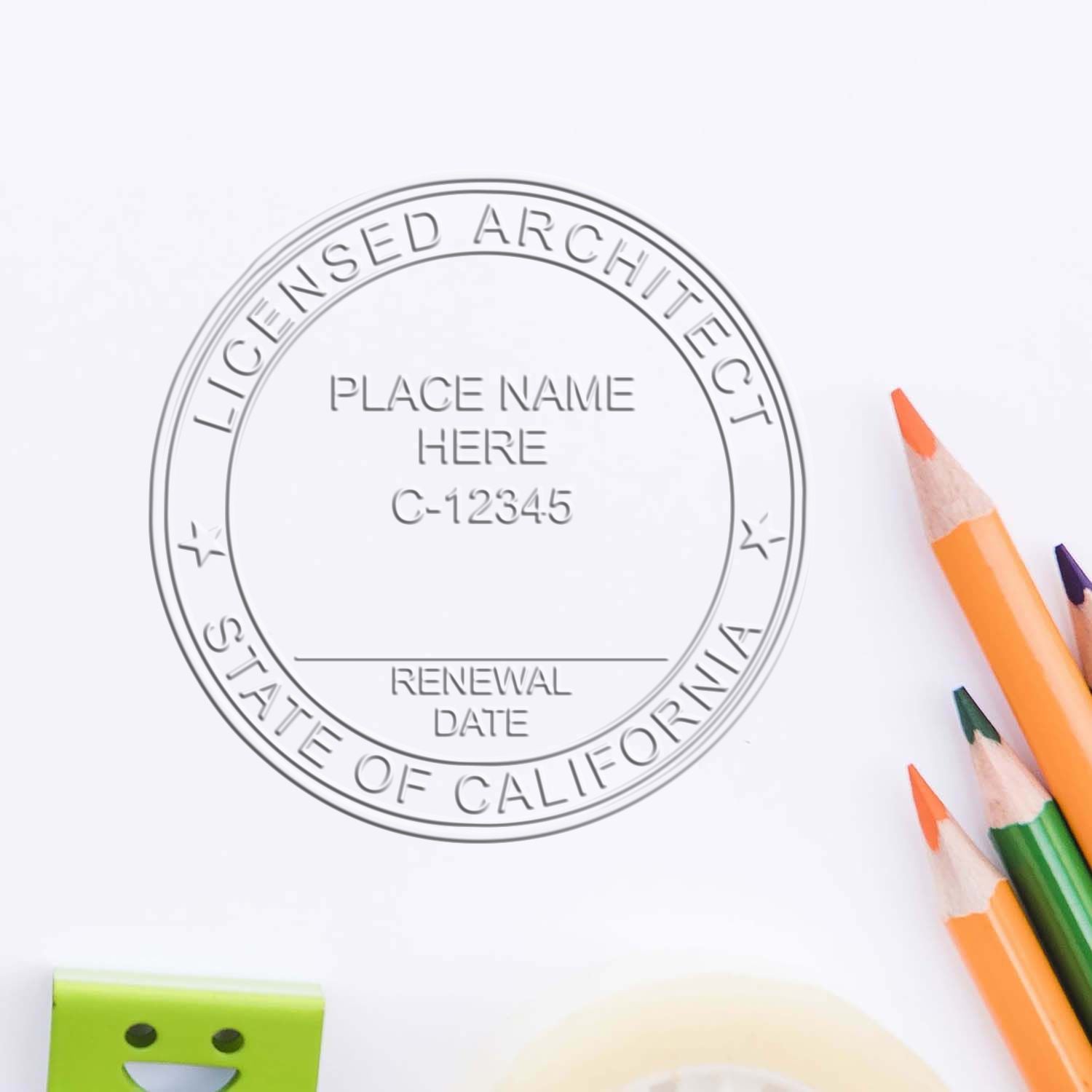
Additionally, consider the amount of information that needs to be included on the stamp or seal. If you have a lot of text or details that need to be included, a larger size stamp or seal may be more suitable. On the other hand, if the information is minimal, a smaller size stamp or seal may suffice.
Evaluating Personal Preferences and Needs
In addition to the design requirements, it's important to evaluate your personal preferences and needs when selecting the size of your California architect stamp or seal.
Consider ease of use when choosing the size. If you prefer a compact stamp or seal that is easy to handle and maneuver, a smaller size may be more suitable. Conversely, if you prefer a larger stamp or seal for better visibility and ease of use, a larger size may be the preferred option.
Think about the documents and materials on which you will be using the stamp or seal. If you primarily work with large-scale plans or documents, a larger size stamp or seal may be more practical. On the other hand, if you mainly work with smaller documents, a smaller size stamp or seal may be sufficient.
Lastly, consider your branding preferences. The size of your stamp or seal can have an impact on the visibility of your branding elements, such as your company name or logo. If you want to prioritize the visibility of your branding, a larger size stamp or seal may be more suitable.
By considering both the design requirements and your personal preferences and needs, you can select the right size for your California architect stamp or seal. It's important to strike a balance between compliance with regulations and practicality for your specific use case. For more information on California architect stamp design, regulations, and laws, refer to our articles on California architect stamp design, California architect stamp regulations, and California architect stamp laws.
About ESS
At Engineer Seal Stamps, we take pride in our expertise in creating custom rubber stamps, professional seals, and notary stamps that cater to the unique needs of engineers. Our company's commitment to delivering exceptional customer service has earned us a stellar reputation within the industry. Our team consists of highly skilled professionals with extensive knowledge in the stamp-making process, ensuring that each product we create meets the highest standards of quality.
We understand the importance of trust and confidence in our products, which is why we offer a state board guarantee on all our stamps. Our guarantee ensures that our stamps are compliant with state regulations, giving our customers peace of mind when it comes to their legal requirements. Additionally, we offer a quick turnaround on our products, ensuring that our customers receive their stamps in a timely manner, regardless of their location.
At ESS, we prioritize our customers' needs and go above and beyond to ensure their satisfaction. We take pride in our personalized approach to customer service, as we work with each customer to create a custom stamp that perfectly fits their needs. As a result, our customers can trust that they are receiving a stamp that not only meets their legal requirements but also represents the uniqueness of their profession. Overall, at Engineer Seal Stamps, our commitment to exceptional customer service, quality products, and quick turnaround sets us apart within the industry. We take pride in our work and strive to exceed our customers' expectations in every aspect of our business.


